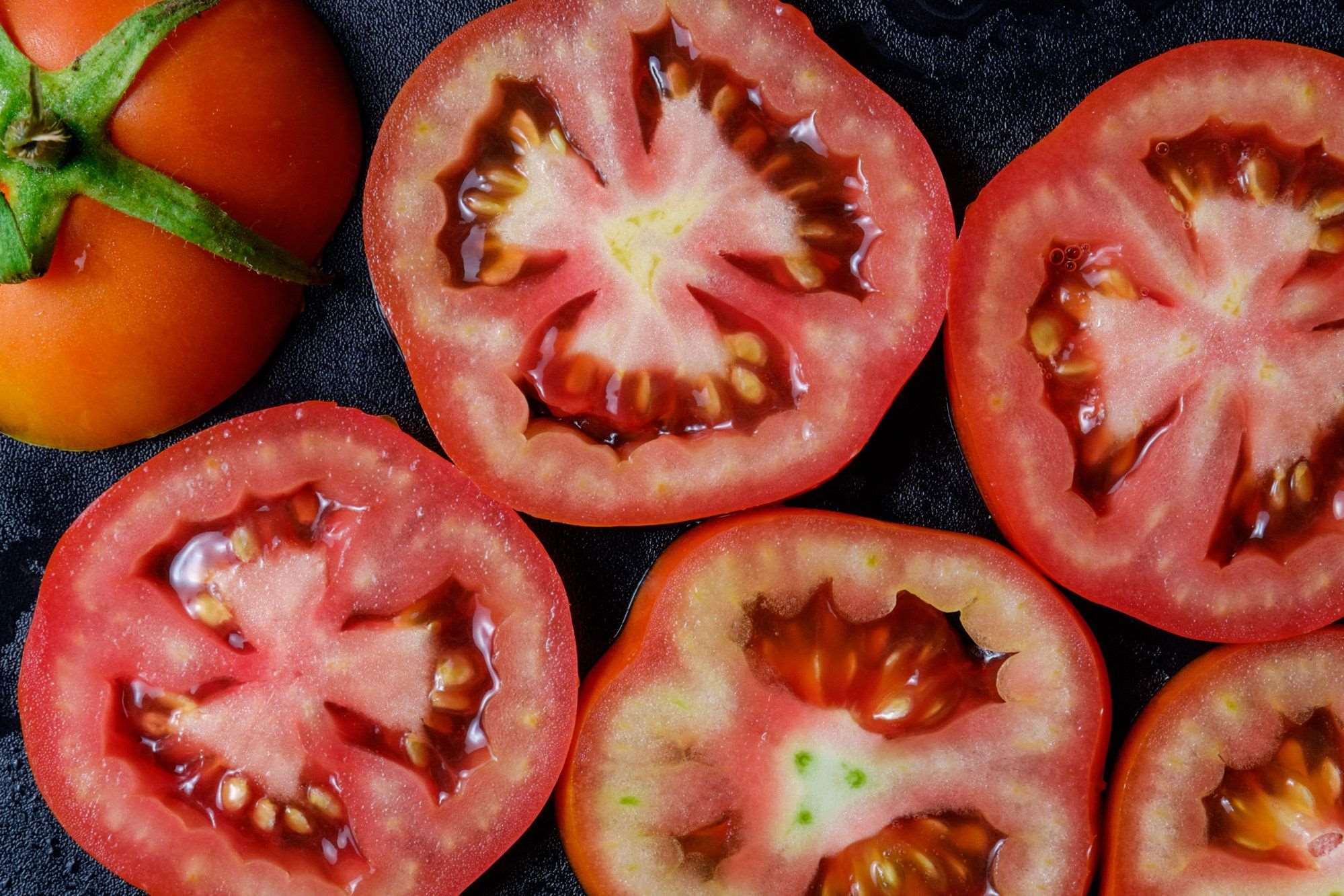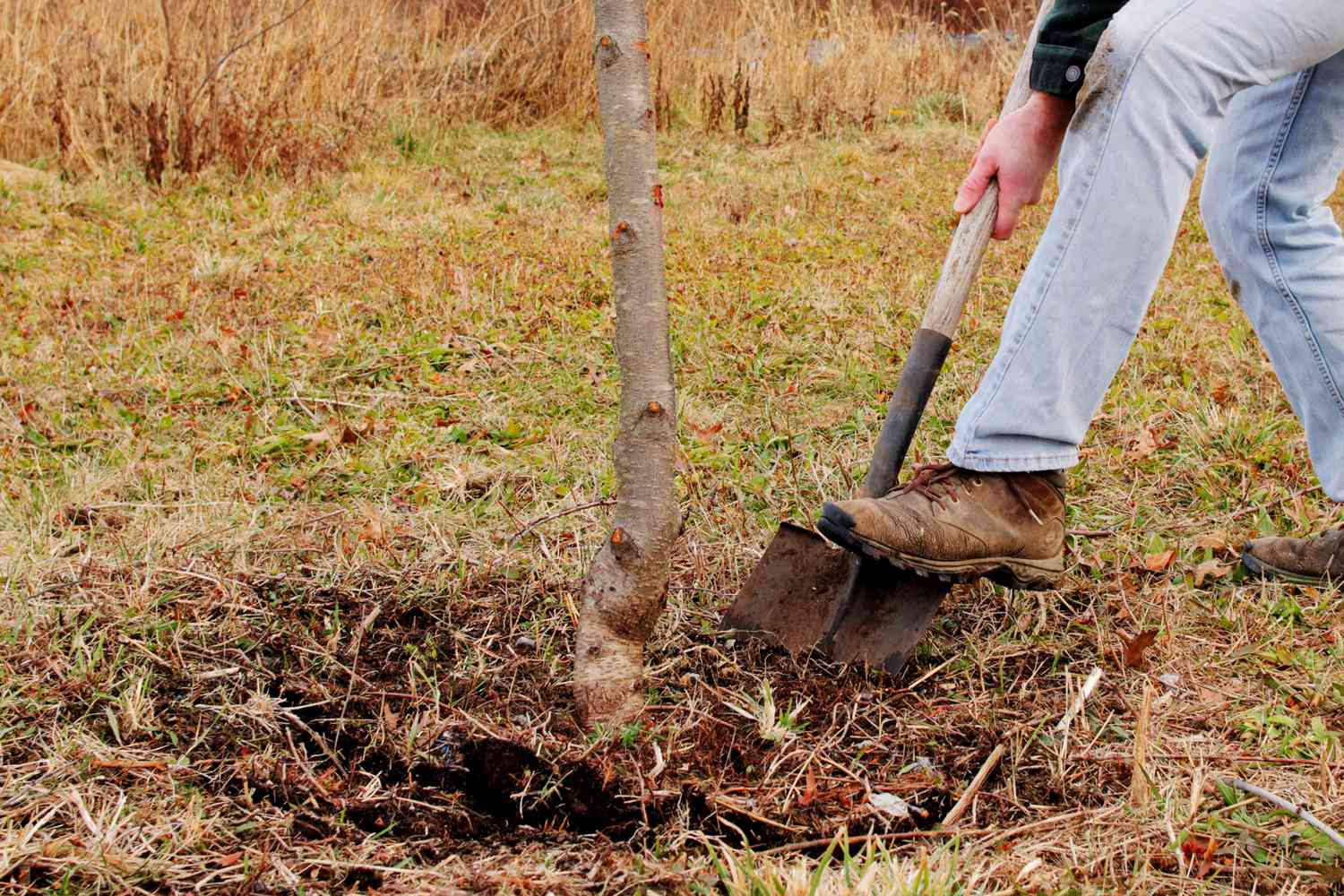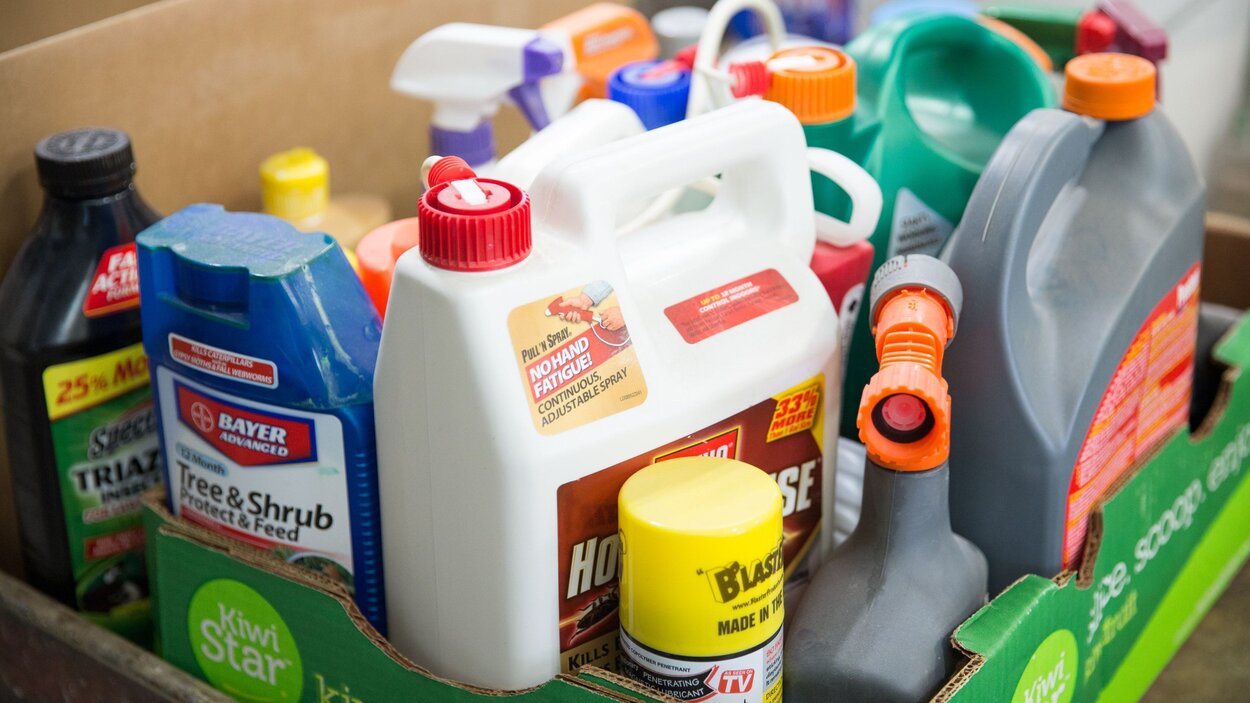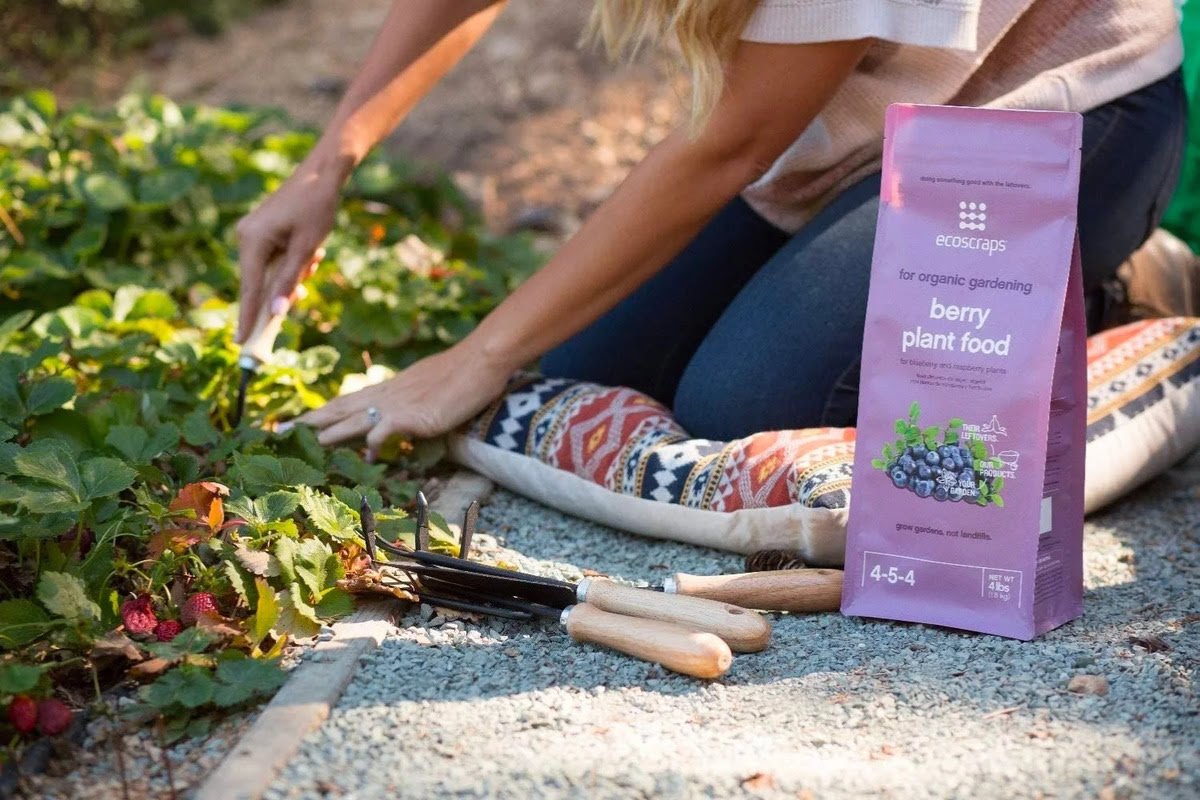Home>Gardening News and Trends>Latest News>How To Wash Blueberries To Remove Pesticides
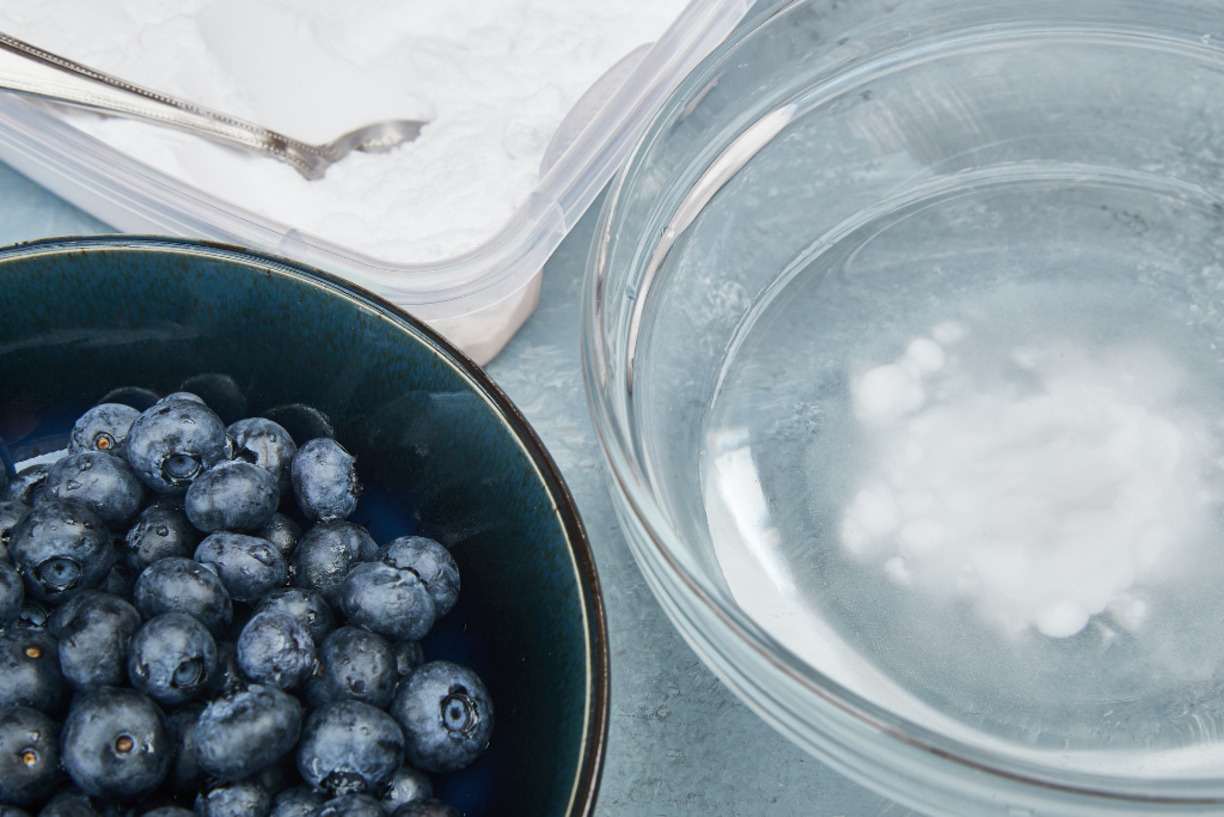

Latest News
How To Wash Blueberries To Remove Pesticides
Modified: January 22, 2024
Learn the latest news on how to wash blueberries to remove pesticides. Discover effective methods to ensure your blueberries are safe and healthy for consumption.
(Many of the links in this article redirect to a specific reviewed product. Your purchase of these products through affiliate links helps to generate commission for Chicagolandgardening.com, at no extra cost. Learn more)
Table of Contents
Introduction
Blueberries are one of the most delicious and nutritious fruits available, packed with antioxidants, vitamins, and minerals. However, like many other commercially grown crops, blueberries may be treated with pesticides during the cultivation process to protect them from pests and diseases. While pesticide use is regulated to ensure safety, some people prefer to wash their blueberries to remove any potential residue.
Washing blueberries before consuming them is an essential step to ensure that any pesticide residue is reduced or eliminated. This simple yet effective technique can help reduce exposure to harmful chemicals and provide peace of mind when enjoying these delightful berries.
In this article, we will explore the importance of washing blueberries, as well as various methods you can use to remove pesticide residues from their surface. Whether you prefer using water, vinegar, or baking soda, we will guide you through each step to ensure that you have clean and safe blueberries to enjoy.
By incorporating these easy yet effective washing methods into your routine, you can take an extra step towards ensuring the health and well-being of yourself and your loved ones. Let’s dive in and discover how to wash blueberries to remove any potential pesticide residues.
Why It’s Important to Wash Blueberries
Washing blueberries before consumption is crucial for several reasons. Let’s explore why it’s important to take this extra step:
- Remove Pesticide Residues: Blueberries, like many other fruits, can be treated with pesticides during the growing process. While these pesticides are regulated and considered safe for consumption, washing the berries can help remove any residue that may be present on the surface. By doing so, you can reduce exposure to potentially harmful chemicals.
- Prevent Contamination: Blueberries may come into contact with various contaminants, such as dirt, debris, and bacteria, during the harvesting and packaging process. Washing the berries helps remove these contaminants and reduces the risk of foodborne illnesses.
- Enhance Freshness: Washing blueberries can also help maintain their freshness. Often, there may be dust or particles on the berries’ surfaces, which can affect their taste and texture. By rinsing them before consumption, you can improve their overall quality.
- Improve Safety: Since blueberries are typically consumed raw or used in recipes without undergoing cooking processes, it’s essential to ensure their safety. Washing them helps eliminate any potential pathogens or bacteria that may be present, reducing the risk of foodborne illnesses.
- Promote Peace of Mind: By taking the time to wash your blueberries thoroughly, you can have peace of mind knowing that you have taken an extra precautionary step to protect yourself and your family’s health. It’s a simple yet effective measure that can contribute to a healthier lifestyle.
While some may argue that commercially grown blueberries go through rigorous quality control and pesticide regulation, it is always better to err on the side of caution. By washing blueberries before consuming them, you can reduce the likelihood of any potential health risks and enjoy the fruit with confidence.
Steps for Washing Blueberries
Now that we understand why it’s important to wash blueberries, let’s dive into the step-by-step process of properly washing them:
- Prepare Your Washing Area: Start by setting up a clean and spacious area where you can wash the blueberries. Make sure you have a colander or strainer, a large bowl or basin, and access to clean water.
- Sort and Discard: Sort through the blueberries, removing any damaged or moldy ones. Discard any berries that show signs of spoilage, as they may affect the quality of the others.
- Rinse with Water: Place the blueberries in the colander or strainer and hold it under cold running water. Gently swirl the berries around, allowing the water to rinse away any dirt, debris, or pesticide residues. Continue rinsing until the water runs clear.
- Gently Dry: Once the blueberries are thoroughly rinsed, gently shake the colander or strainer to remove excess water. Place a clean towel or paper towel on a flat surface and spread the blueberries onto it. Pat them dry gently with another towel. Avoid rubbing the berries too vigorously, as this can damage their delicate skin.
- Inspect and Repeat if Needed: Take a moment to inspect the blueberries for any remaining debris or pesticide residues. If you notice any, repeat the rinsing process to ensure they are clean and free of any contaminants.
- Store or Consume: Your freshly washed blueberries are now ready to be enjoyed. You can either use them immediately in various recipes or store them in a clean, airtight container in the refrigerator to prolong their freshness.
By following these simple steps, you can ensure that your blueberries are clean, safe, and ready to be savored. Remember, taking the time to wash your blueberries is an investment in your health and well-being.
Using Water to Wash Blueberries
One of the simplest and most commonly used methods to wash blueberries is by rinsing them with water. Here’s how you can effectively use water to wash your blueberries:
- Sort and Prepare: Begin by sorting through the blueberries, discarding any damaged or moldy ones. Rinse and clean the colander or strainer that you will use to wash the berries.
- Add Blueberries to the Colander: Place the blueberries in the colander or strainer and hold it under cold running water. Ensure that the water is at a gentle flow to avoid damaging the berries.
- Rinse the Blueberries: Gently swirl the blueberries in the colander, allowing the water to pass through them. Make sure that all sides of the berries come into contact with the flowing water. Continue rinsing until the water runs clear.
- Drain Excess Water: Once the blueberries are thoroughly rinsed, gently shake the colander to remove any excess water. Alternatively, you can leave the berries in the colander for a few minutes to allow them to drain naturally.
- Gently Dry: Transfer the blueberries to a clean towel or paper towel placed on a flat surface. Pat them dry gently with another towel, removing any remaining moisture.
- Inspect and Repeat if Needed: Take a moment to inspect the blueberries for any debris or residue. If you notice any particles or if the berries don’t appear completely clean, repeat the rinsing process to ensure their cleanliness.
- Store or Consume: After washing, your blueberries are now ready to be used or stored. You can incorporate them into your favorite dishes or store them in a clean, airtight container in the refrigerator to keep them fresh.
Using water to wash blueberries is a straightforward and effective method for removing dirt, debris, and potential pesticide residues. It’s a convenient option, especially when you don’t have access to other washing agents such as vinegar or baking soda. By following these steps, you can enjoy clean and safe blueberries for a delicious and nutritious treat.
Using Vinegar to Wash Blueberries
Vinegar is a versatile household ingredient that can be used to effectively wash blueberries and remove potential pesticide residues. Follow these simple steps to use vinegar for washing your blueberries:
- Prepare the Solution: In a large bowl or basin, combine one part white vinegar with three parts water. The vinegar helps to break down any pesticide residues present on the blueberries.
- Add Blueberries to the Solution: Place the blueberries in the vinegar-water solution, ensuring that they are fully submerged. Gently swirl them around with your hands to ensure even coverage.
- Soak the Blueberries: Allow the blueberries to soak in the vinegar solution for about 5 minutes. This allows the vinegar to effectively break down any pesticide residues and other contaminants present on the surface of the berries.
- Rinse the Blueberries: After the soaking period, transfer the blueberries to a colander or strainer, discarding the vinegar solution. Rinse the berries thoroughly under cold running water to remove any remaining vinegar and debris.
- Drain Excess Water: Gently shake the colander or strainer to remove any excess water from the blueberries. If desired, you can leave them in the colander for a few minutes to allow them to drain naturally.
- Gently Dry: Place the blueberries on a clean towel or paper towel on a flat surface. Pat them dry gently with another towel, ensuring that they are free of excess moisture.
- Inspect and Repeat if Needed: Take a moment to inspect the blueberries for any remaining debris or residue. If necessary, repeat the process to ensure their cleanliness.
- Store or Consume: Your freshly washed blueberries are now ready to be enjoyed or stored. You can incorporate them into your favorite recipes or store them in a clean, airtight container in the refrigerator for later use.
Using vinegar to wash blueberries provides an efficient and natural method for removing pesticide residues and other contaminants. It’s a safe and effective option that can help ensure the cleanliness and safety of the blueberries you consume.
Using Baking Soda to Wash Blueberries
Baking soda is a versatile and gentle cleaning agent that can be used to effectively wash blueberries and remove potential pesticide residues. Here’s how you can use baking soda to wash your blueberries:
- Prepare the Solution: In a large bowl or basin, combine one tablespoon of baking soda with three cups of water. Stir well to ensure that the baking soda is completely dissolved.
- Add Blueberries to the Solution: Place the blueberries in the baking soda solution, ensuring that they are fully submerged. Gently stir the berries around to ensure even coverage.
- Soak the Blueberries: Allow the blueberries to soak in the baking soda solution for about 15 minutes. This will help break down any pesticide residues and remove dirt and debris from the surface of the berries.
- Rinse the Blueberries: After the soaking period, transfer the blueberries to a colander or strainer, discarding the baking soda solution. Rinse the berries thoroughly under cold running water to remove any remaining baking soda and residue.
- Drain Excess Water: Gently shake the colander or strainer to remove any excess water from the blueberries. If desired, leave them in the colander for a few minutes to allow them to drain naturally.
- Gently Dry: Place the blueberries on a clean towel or paper towel on a flat surface. Pat them dry gently with another towel, ensuring that they are free of excess moisture.
- Inspect and Repeat if Needed: Take a moment to inspect the blueberries for any remaining debris or residue. If necessary, repeat the process to ensure their cleanliness.
- Store or Consume: Your freshly washed blueberries are now ready to be used or stored. Incorporate them into your favorite recipes or store them in a clean, airtight container in the refrigerator for later use.
Using baking soda to wash blueberries is an effective method for removing pesticide residues and dirt. It’s a natural and gentle approach that helps ensure the cleanliness and safety of the blueberries you consume.
Removing Pesticide Residue from Blueberries
While washing blueberries with water, vinegar, or baking soda can help remove some pesticide residues, it’s important to note that these methods may not completely eliminate all traces of pesticides. However, there are a few additional steps you can take to further reduce pesticide residue from blueberries:
- Peeling Blueberries: Although it may not be the preferred method for many, peeling the skin of the blueberries can help minimize pesticide exposure. However, keep in mind that the skin of blueberries contains many nutrients, antioxidants, and fiber, so peeling may result in some nutrient loss.
- Choose Organic Blueberries: Opting for organic blueberries is an excellent way to avoid pesticide exposure altogether. Organic farming practices prohibit the use of synthetic pesticides, so you can enjoy blueberries with confidence.
- Wash with a Fruit and Vegetable Wash: Commercial fruit and vegetable washes are available that are specifically designed to remove pesticide residues. Follow the instructions on the product for washing your blueberries to effectively reduce any remaining pesticide residue.
- Soak in Saltwater Solution: Some studies suggest that soaking blueberries in a saltwater solution may help remove pesticide residues. Mix a solution of 1 teaspoon of salt per cup of water, soak the blueberries for a few minutes, rinse, and then pat them dry.
- Use Ultrafiltration Technology: There are specialized products available that use ultrafiltration technology to reduce pesticide residues on blueberries. These devices work by removing smaller molecules, including pesticide residues, from the fruit’s surface. Follow the manufacturer’s instructions for optimal results.
While these additional steps may offer some reduction in pesticide residues, it’s important to remember that washing blueberries with water alone is still beneficial and significantly reduces pesticide exposure. Ultimately, the choice to take further precautions rests with personal preference and the availability of alternatives like organic blueberries.
By incorporating these additional methods, selecting organic options, and practicing proper washing techniques, you can minimize pesticide exposure and enjoy your blueberries with peace of mind.
Conclusion
Washing blueberries before consuming them is a crucial step in ensuring their cleanliness and reducing potential pesticide exposure. Whether you choose to use water, vinegar, or baking soda, the process is simple and effective in removing dirt, debris, and pesticide residues from the surface of the berries.
While washing with water alone provides a good level of cleanliness, using vinegar or baking soda can offer additional benefits in terms of removing pesticide residues and other contaminants. However, it’s important to note that these methods may not completely eliminate all traces of pesticides.
For those seeking further precautionary measures, options such as peeling the blueberries, choosing organic varieties, using fruit and vegetable washes, soaking in saltwater solutions, or utilizing ultrafiltration technology can provide additional reductions in pesticide exposure.
Ultimately, the choice of which method to use and how much effort to put into washing blueberries rests with personal preference. It’s always a good practice to thoroughly inspect the berries, discard any damaged or moldy ones, and rinse them under cold running water before consumption.
By taking the time to wash blueberries properly, you can enjoy these delicious and nutritious fruits with confidence, knowing that you have taken steps to minimize potential pesticide exposure and ensure their cleanliness. So go ahead, savor the flavor and goodness of blueberries as a part of a healthy diet.




